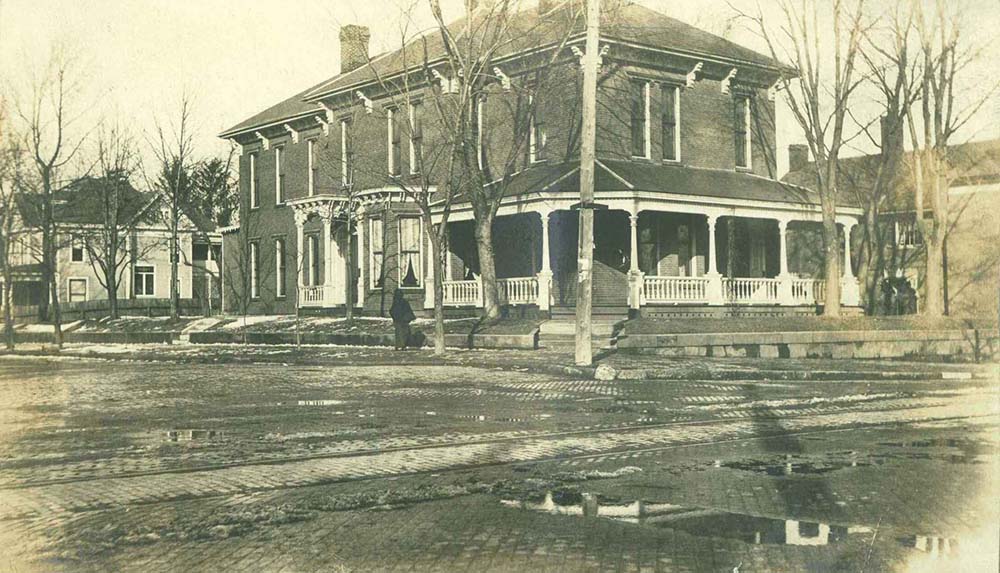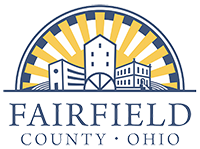Fairfield County Auditor
Timeline
This historic building has stood atop Main Hill since the mid-1800s and has been home to some of the city’s most influential residents and prominent organizations.
This timeline marks significant points in its history: from when it was built by one of Lancaster's earliest merchants to when it housed the local Red Cross during World War II.
Throughout its history, the building has transformed to serve a new purpose many times over. There were also moments when its demolition seemed inevitable, but at every turn, the beloved brick building at 108 N. High Street was brought back to life.
This timeline marks significant points in its history: from when it was built by one of Lancaster's earliest merchants to when it housed the local Red Cross during World War II.
Throughout its history, the building has transformed to serve a new purpose many times over. There were also moments when its demolition seemed inevitable, but at every turn, the beloved brick building at 108 N. High Street was brought back to life.

Pictured: 1903 exterior of 108 N. High St.
Sources: property records, numerous newspaper articles and photographs from the Daily Gazette, Semi-Weekly Gazette, Daily Eagle and the Lancaster Eagle-Gazette, the Fairfield County Heritage Association, Multivista, Fairfield County Sheriff’s Office, Dr. George O. Beery’s grandson John Furniss III, Ainsworth descendants Jim and Tim Hall, Dr. Edwards’s family and research from local historian Joyce Harvey. Spencer Remoquillo also researched and compiled information for this timeline.
-
Heading 1
28/03/2018
Lorem ipsum dolor sit amet, consectetur adipisicing elit. Saepe, eaque amet deleniti hic quas qui cumque delectus aliquid, eius quia quod, quae, aliquam aspernatur facilis.
Read more -
Heading 2
28/03/2018
Lorem ipsum dolor sit amet, consectetur adipisicing elit. Saepe, eaque amet deleniti hic quas qui cumque delectus aliquid, eius quia quod, quae, aliquam aspernatur facilis.
Read more -
Heading 3
28/03/2018
Lorem ipsum dolor sit amet, consectetur adipisicing elit. Saepe, eaque amet deleniti hic quas qui cumque delectus aliquid, eius quia quod, quae, aliquam aspernatur facilis.
Read more
Thank You:
Timeline compiled by Remo Remo Design
Timeline design by Web Chick
Timeline compiled by Remo Remo Design
Timeline design by Web Chick
